As a UX designer, there’s nothing quite like getting inside the head of your users. But let’s face it; user research can be time-consuming and laborious. That’s why it is essential to have the right tools that will streamline your UX research and make it as painless as possible.
Tools for UX Recruiting

Ah, recruiting – the process of finding the perfect participants for your UX research studies. It can be a daunting task, but it can also be a breeze with the right tools.
a) Dscout
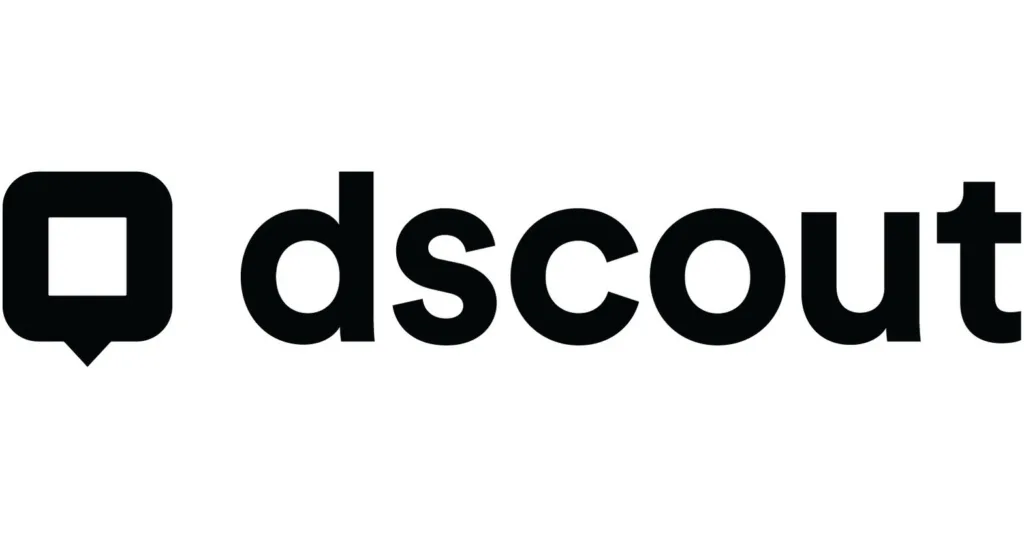
If you’re looking for a mobile-friendly recruiting tool, Dscout might be just what you need. Dscout is a research platform that allows you to conduct remote research studies using participants’ smartphones. But what about the recruiting process?
With Dscout, you can create a mission (aka a research study) and specify your participant criteria. Participants can then apply to your mission, and you can review their applications and invite them to participate if they meet your requirements. And the best part? Dscout offers a range of pricing plans to fit different needs and budgets, starting at $499 per month.
It’s like the Tinder of UX research recruiting!
b) Ethnio

With Ethnio, you can create a custom screener survey to filter out participants who don’t meet your criteria, such as age or location. Once you set up your screener survey, you can recruit participants using Ethnio’s intercept technology. This allows you to target specific website visitors with a pop-up invitation to participate in your study.
Ethnio offers three pricing tiers: Basic, Professional, and Enterprise.
The Basic tier is free, but it’s limited to 200 responses per month and only allows for one screener survey.
The Professional tier costs $199 monthly and offers unlimited responses and up to five screener surveys.
The Enterprise tier is custom-priced and offers advanced features like API access and priority support. It’s like a choose-your-own-adventure book but for UX recruiting!
c) UXtweak

Next is UXtweak – a platform offering a range of UX research tools, including user testing and analytics. But what about recruiting?
With UXtweak, you can create a recruitment survey to filter out participants who don’t meet your criteria. Once you set up your recruitment survey, you can recruit participants through various channels, including social media, email, and your website. UXtweak offers a range of pricing plans to fit different needs and budgets, starting at $29 per month.
It’s like a Swiss Army knife for UX research! (Okay, we won’t do this again)
Read More: 9 Best Website Heatmap Tools to Use
Tools for User Testing

User testing is an integral part of the process when designing a product. It helps you ensure your product is genuinely solving a problem and that it’s the right solution for you and your users.
a) UserTesting

UserTesting is a website that helps you test your websites, apps, and prototypes by recording actual user sessions and giving you video and written reports.
The best part is that you can watch the videos with users because they come in screencasts, recordings of a user’s screen and face. It also has a built-in survey feature so you can ask what they think about something or if they can find something.
You can also use it with mobile apps, which is excellent for testing your app on a real device!
b) UsabilityHub

UsabilityHub is a user testing tool that allows you to create user tests for your product or service. You can also use it to collaborate and get feedback from others on the same project.
UsabilityHub is especially useful for the following:
- Designers looking for feedback on their work
- Developers who want to see what users think about their product
- UX designers who need feedback on their designs
UsabilityHub offers integrations with tools like Slack and Trello.
c) Maze

Maze is a tool that helps you test your design by making it easy to create and share user tests. You can set up a test requiring participants to navigate a maze-like structure with different options.
Maze offers integrations with other tools like Sketch and Figma.
d) Userlytics

Userlytics helps you understand what users like or dislike about your product by enabling you to collect and analyze user feedback in real-time. It also allows you to perform A/B testing on different features of your product before launching it publicly.
Userlytics provides an easy way to share your designs with your team members and stakeholders so they can give their input before they go live.
e) Validately

Validately offers a suite of user testing tools, including moderated and unmoderated remote user testing. Its user-friendly platform offers a range of features to help you conduct user testing.
f) TryMyUI

TryMyUI offers remote user testing and provides insights into user experience and usability. Its user-friendly platform offers a range of features to help you conduct user testing.
TryMyUI offers integrations with Slack and Trello.
Tools for Surveys

Surveys are hard! Writing them takes time and more time to collect the results. And then there’s the whole process of analyzing all that data without going crazy (which is also time-consuming). But some tools can handle all these tasks for you!
a) Qualtrics

If you’re looking for a tool that makes it easy to create surveys, collect responses, and analyze your data all from one place, look no further than Qualtrics. With this tool, you can create surveys with multiple-choice or open-ended questions and use branching logic so that respondents are asked different questions depending on their answers to previous questions.
You can also export your results into .csv files or Google Sheets and use them in programs like Excel or Tableau.
b) SurveyMonkey
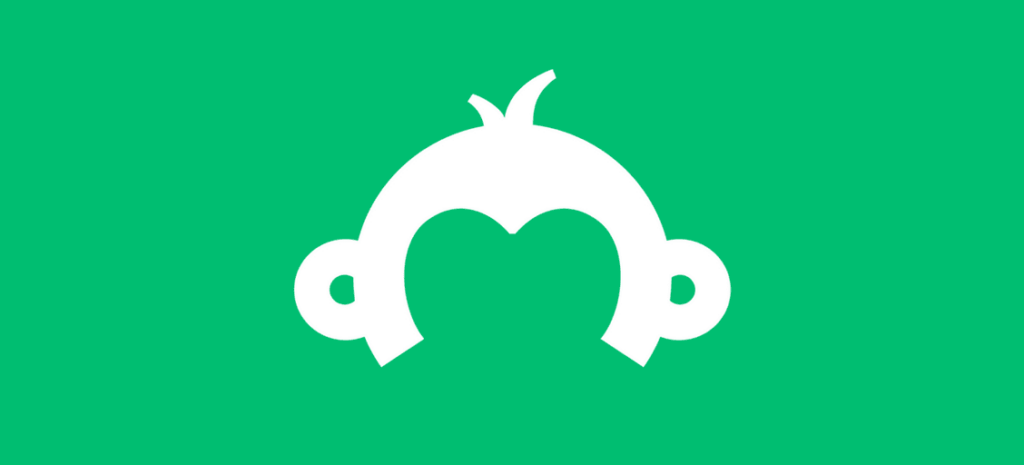
Its platform is easy to use and offers a range of features to help you create and conduct surveys. SurveyMonkey also offers a range of integrations with other tools like Salesforce and HubSpot.
c) Typeform

Typeform is a tool that allows you to create surveys, quizzes, and polls in just a few minutes. It has an easy-to-use interface, so even if you have no design experience, you can make something beautiful in no time.
Typeform also has many customizable options, which means you can change the colors, fonts, backgrounds, and anything!
Read More: 18 Tools to Measure, Quantify and Optimize the UX
Tools for User Interviews

User interviews are a great tool to help you understand how your users use products or services. They’re also a good way to get feedback on the features and functionality that you have available.
a) Calendly

Calendly is an excellent tool for scheduling interviews. It’s simple to use and allows you to send your interviewee your availability and their own. You can also set up automatically scheduled meetings depending on when everyone is available.
Calendly offers integrations with Google Calendar and Salesforce.
b) Zoom
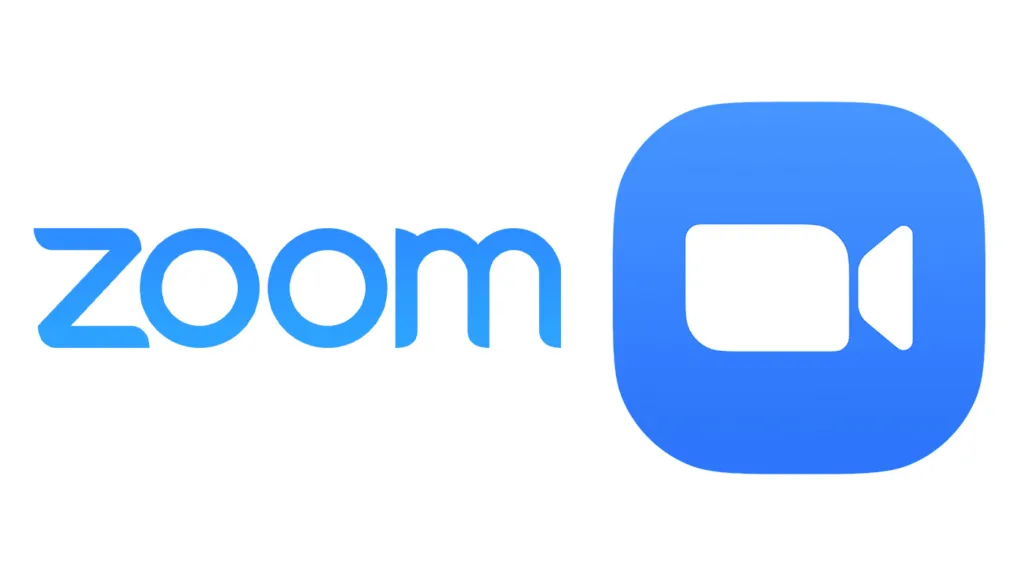
Zoom makes it easy to share your screen with participants, which means they can see what you’re doing while they’re talking to you. It also allows you to record the conversation so that you can go back and review what was said later on.
The best part about Zoom is that it supports video calling over the web, so if you’re working internationally, you can still use this tool for your interviews!
c) Dovetail
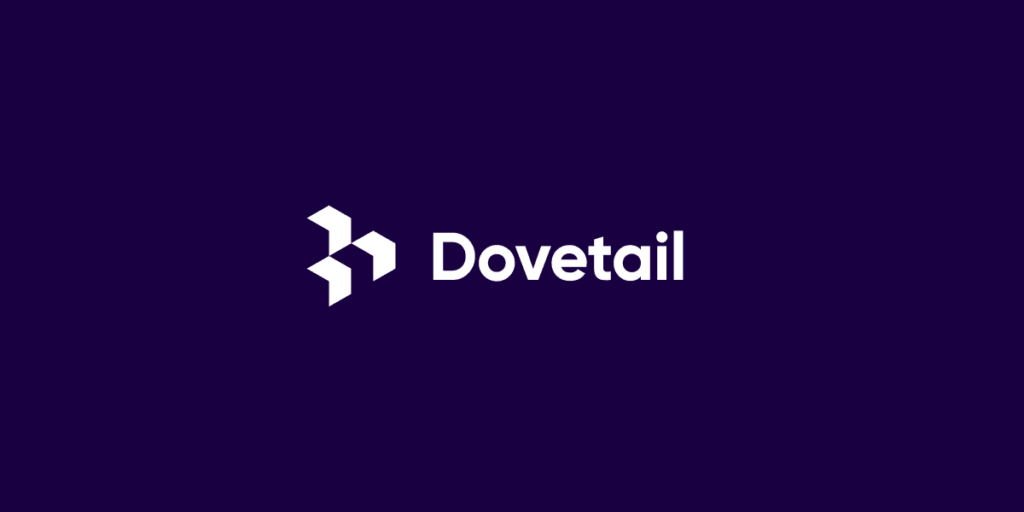
Dovetail is a web-based tool for conducting user interviews. It allows you to create interviews with branching logic and flow charts to ask questions relevant to your user’s experience and then present them with the necessary answers.
Dovetail offers integrations with Slack and JIRA.
Tools for Analytics and User Tracking

Analytics and user tracking are a huge part of the digital marketing landscape. They’re helpful, but they can also get a little confusing. There are so many different tools that it’s hard to know which ones are the best for your needs. You can decide for yourself.
a) Google Analytics

Google Analytics is a powerful tool for tracking user behavior and analyzing website traffic. Its user-friendly platform offers a range of features to help you analyze user behavior on your website.
Google Analytics offers integrations with Google Ads and Google Tag Manager.
b) Mixpanel
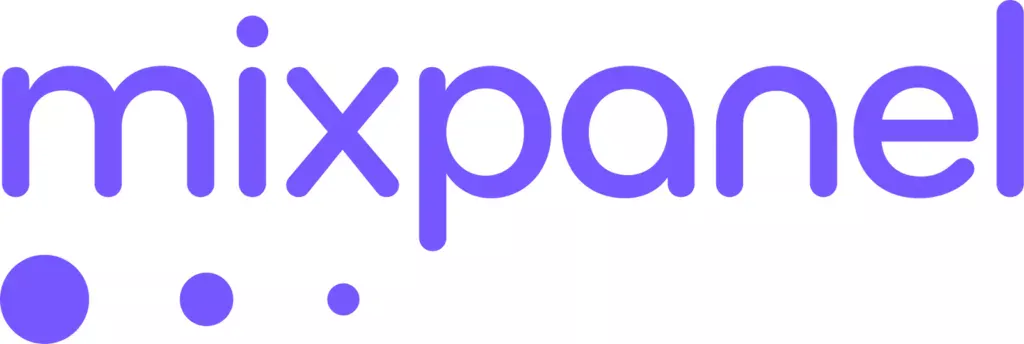
Mixpanel gives you powerful tools that help you understand how users interact with your site.
With Mixpanel, you can see how users behave on your site, from clicking on elements to scrolling through pages, and then use that information to make better decisions about what content to create and where to put it on your site.
c) Hotjar

Hotjar is a tool that lets you see how your customers use your website, and it’s easy to use. You can see where they’re clicking and how long they’re staying on each page, and you can also watch them as they interact with your site so that you can make sure they’re getting the most out of it.
Hotjar is an all-in-one solution for understanding your users’ behavior so that you can make their experience better.
Tools for Documenting

How do you document your work? Like most people, you probably take notes on your computer or phone.
But there are so many other ways to document that can make your life easier.
a) Notion

Notion is a tool that allows you to create a mind map or outline of your document. It’s a great way to start organizing your thoughts before you write.
You can add notes and links to any element in your document, making it easy to keep track of details.
b) Evernote

Evernote is a popular note-taking tool that can be used for documenting user research and design processes. Its platform is easy to use and offers a range of features to help you organize and document your research and design processes.
Evernote integrations with Google Drive and Slack.
c) Confluence

Confluence is a tool that is used to keep track of all the project documentation. It’s a wiki-based platform that allows you to create pages, add images and videos, and link to other pages.
This makes it easy to collaborate on documents and make sure that everyone is on the same page when it comes to projects.
d) Miro

Miro is a free, open-source media player. It’s also an excellent tool for managing and organizing your media, whether music, photos, or videos.
The best part about Miro is that it lets you build your library of media files. Using the Miro browser plugin, you can import files from your desktop computer or another device. Once those files are imported, they become available in your library, where you can organize them into different playlists and even share them with other users on Miro’s social platform.
e) Airtable

Airtable is the ultimate tool for documenting your projects. It’s like a digital corkboard, but it also can be used as a database or a scheduling tool. This is the tool for you if you have a lot of information that needs to be organized and connected.
There are several ways to use Airtable: You can create a spreadsheet and add notes, or you can add tasks with due dates; you can create folders and subfolders to organize your data; and you can create cards with text descriptions, images, checklists, and links to other documents. This last feature is handy when sharing your project with others. You can add comments on cards for people unfamiliar with Airtable yet.
f) Google Drive

It’s free, easy to use, and has many features. You can use Google Drive to create documents, spreadsheets, presentations, store files, and even videos!
Google Drive also makes it super easy to share your work with others by sending them links. And if you want to collaborate with someone on a project, you can do that too! Just share a link with the person you want to work with, and they can view your document or presentation immediately.
Also read: Using UX to Improve Cybersecurity: The Key Part of Design
Bottom Line
In conclusion, many tools are available to help streamline UX research, from user testing to analytics and documentation. Using these tools, you can gather valuable insights into your users’ needs and behaviors and use that information to create better products and user experiences.
And remember, while these tools can help make your work easier, they’re no substitute for good old-fashioned human interaction and empathy. Always listen to your users, ask them questions, and genuinely try to understand their needs and perspectives. After all, the best UX research tools in the world won’t help you if you’re not genuinely invested in creating great experiences for your users.
FAQs
What is the fast and inexpensive tool for UX research?
One tool that is often used for fast and inexpensive UX research is the user survey. User surveys allow you to gather feedback from many users quickly and easily without the need for expensive equipment or extensive user testing.
What are the limitations of using a user survey for UX research?
While user surveys can be useful for UX research, they have some limitations. For example, they may not provide as much in-depth insight as other research methods, such as user testing or ethnographic research. Additionally, user surveys may be subject to bias or inaccuracies if the questions are not properly designed or if the sample size is too small.
